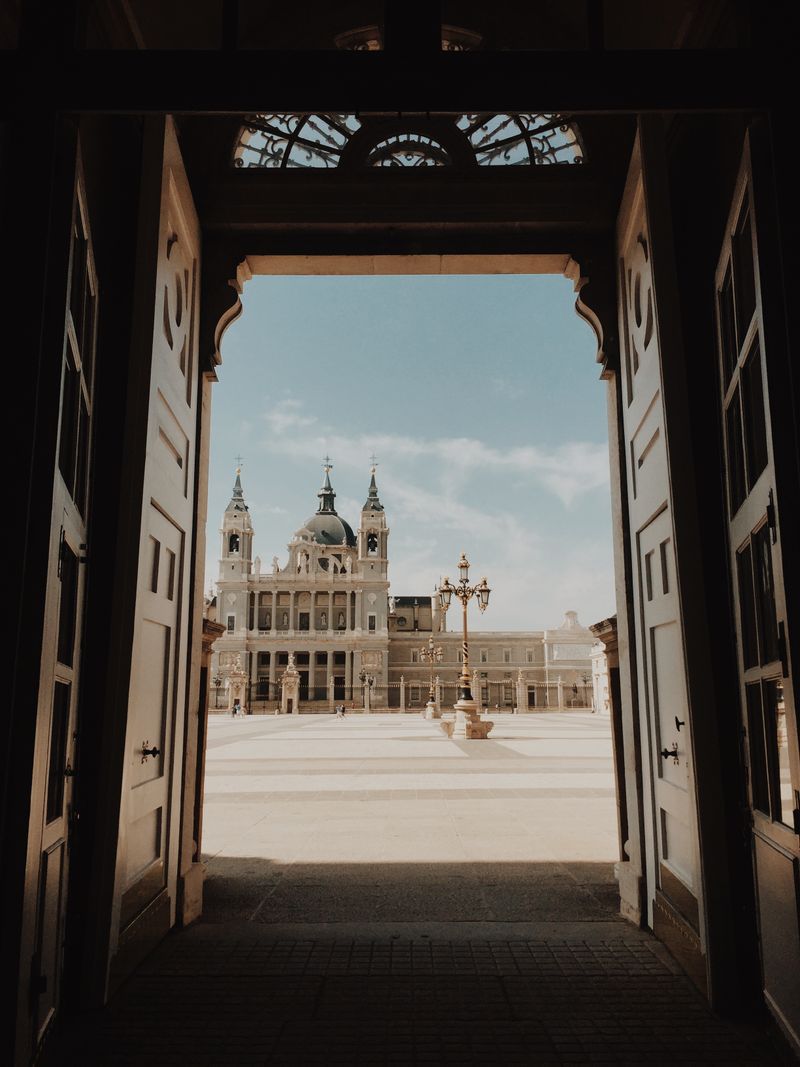Halloween: Artist’s desi designs bridge the gap between cultures
Introduction
Growing up as a first-generation Indian-American immigrant, artist Manasi Arya faced a unique struggle during Halloween. While other children enjoyed dressing up in spooky costumes, Manasi found it difficult to fit in because Halloween “wasn’t a thing” in her Indian household. Instead of buying a Halloween costume, her mother encouraged her to wear traditional Indian outfits. However, a pumpkin competition changed everything for Manasi, as she realized that her Indian identity and the Halloween festivities could coexist. This experience inspired her to create a clothing line featuring South Asian women in traditional cultural dress fused with classic Halloween imagery, aiming to celebrate cultural fusion and open up conversations about appropriation and appreciation.
The Fusion of Cultures
Manasi’s collection of clothing showcases a fusion of South Asian culture and Halloween imagery. For instance, one T-shirt features the iconic mask worn by Ghostface in the horror movie franchise “Scream,” but with the addition of a red bindi dot on the forehead. Another design depicts a skeleton wearing traditional Indian earrings known as jhumkas and a headpiece called a tikka. Manasi’s unique designs have received an overwhelmingly positive response, particularly from Indian parents who appreciate the opportunity for their children to learn about their heritage in a fun and educational way.
A Balance Between Fun and Education
While Manasi’s clothing line allows for the celebration of cultural fusion and offers an avenue for learning about South Asian culture, it also addresses the ongoing debate about appropriating costumes during Halloween. Some argue that dressing up as iconic figures from other cultures is acceptable and a form of admiration, while others criticize it as cultural appropriation. Black British influencer Solana shares her experience encountering a white man wearing a “Jamaican” costume with an afro wig during a pub crawl. Solana questions why the man felt the need to remove the wig after seeing her and her black friends. She emphasizes that cultures should not be reduced to costumes, and instead suggests focusing on personal style rather than cultural stereotypes.
Awareness and Misunderstanding
Manasi believes that many costume choices stem from ignorance about cultural dress and its origins. She recalls an incident where she confronted a white girl wearing a bindi without being aware of its significance as a third eye in Hinduism. The girl simply considered it a decorative element. Manasi’s hope is that her clothing line will serve as an educational tool, encouraging people to learn more about South Asian culture and sparking conversations about the fine line between appropriation and appreciation.
Creating Space for Conversation
Manasi’s clothing line consists mainly of T-shirts, sweaters, and denim, designed to be accessible to anyone. She welcomes anyone to wear her designs, seeking to inspire dialogue rather than division. By incorporating South Asian cultural elements into Halloween-themed clothing, Manasi aims to provide the younger generation with the inspirational representation she missed as a child. She shares the story of a young Indian girl who felt inspired by her artwork and dressed up as a “desi witch” for Halloween, wearing a green and black sari with a witch’s hat.
Conclusion
Manasi Arya’s fusion of South Asian culture and Halloween imagery through her clothing line bridges the gap between cultures and sparks conversations about appropriation and appreciation. Her unique designs have garnered a positive response from Indian parents who appreciate the opportunity to introduce their children to their heritage in a fun and educational way. By addressing the debate surrounding Halloween costumes and emphasizing the importance of understanding cultural significance, Manasi hopes to foster greater awareness and appreciation for diverse cultures. Ultimately, her clothing line provides a platform for dialogue and encourages individuals to celebrate cultural fusion while respecting the origins and traditions behind these costumes.

<< photo by micheile henderson >>
The image is for illustrative purposes only and does not depict the actual situation.
You might want to read !
- Apple Alert: Accusations Surface of Government-Sponsored Phone Hacking in India
- “Carabao Cup Challenge: Howe Calls for Collective Effort”
- The Dark Secrets Unveiled: The Unraveling of Rolf Harris
- “Unveiling the Exotic Escapades of I’m A Celebrity Star Scarlette Douglas’ Aruba Adventure”
- Making Safety a Priority: English Ice Hockey Introduces Mandatory Neck Guards
- Rooney’s Search for First Point Continues as Saints Triumph over Birmingham
- The Highly Anticipated Clash: Leeds United vs Town – Team News and Predictions
- Headline: Unraveling the Perplexing Persistence of Absurd Rumors Surrounding Vladimir Putin’s Health




